5 Business Tips for Travel and Destination Wedding Photography
March 12th, 2018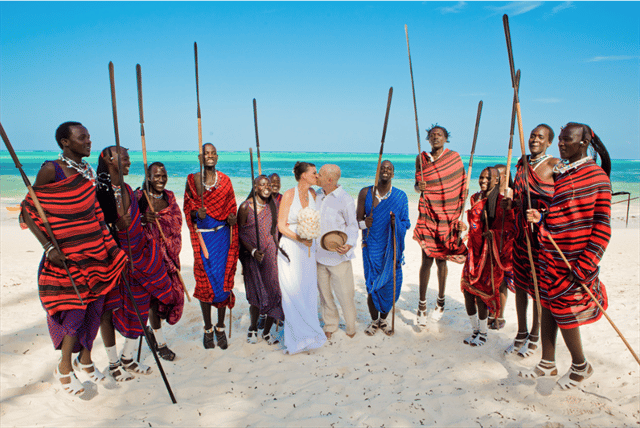
by Laura Grier
The most important part about being able to do your job while traveling the globe is to make sure you have everything you need, because if your camera runs out of battery on the high plains of the Serengeti, you will be up a creek without a paddle. I find that I don’t need much gear to create most natural light shots, but I do recommend having a few portable lighting and gear options on hand just in case. This article offers five useful tips on packing gear and how to be prepared when you find yourself in a foreign country where you don’t speak the language.
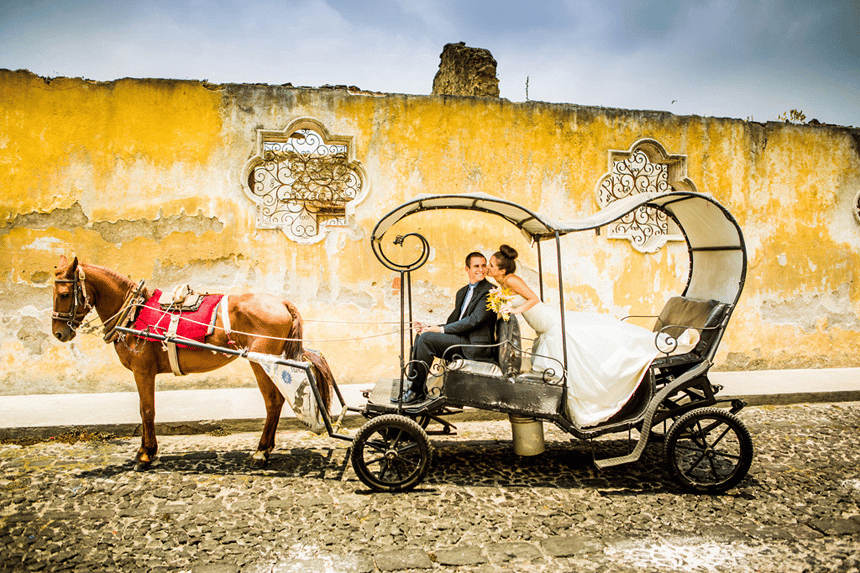
Pack Light and Bring All of Your Gear in a Carry on
I can’t stress how important it is to never check any of your photo gear when you travel on a plane. Your bags can easily be misplaced, stolen, or handled roughly. If you end up needing to sprint to make your connection, having everything in a compact bag is super important. I love Lowepro bags. I usually have a roller bag that is small enough to be a carry on and fits my laptop, two cameras, four lenses, two flashes, and all of my cords. Sitting on top of that I have another backpack or smaller travel photo bag with portable lighting and adaptors in it. I use one bag while hiking and shooting, and the other bag is mainly for transport on planes. The other important reason to keep your gear in a compact carry on is that going through customs with a ton of camera and lighting equipment can incur extra fees and hassle. Less is better when you are going through security.
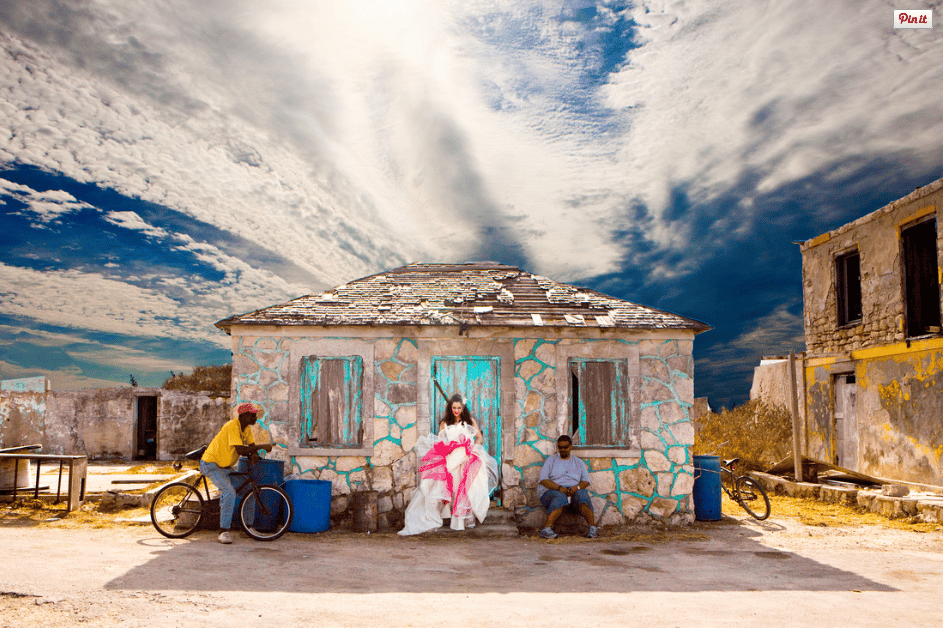
Back Up Your Work Twice
I back things up in more than one place while I am traveling and keep back ups in two different places at least. I also bring two of everything in case something gets damaged or lost. When I am shooting I always back up my cards to my laptop, as well as a portable, shock-resistant, water-resistant hard drive (LaCie Rugged Mini Hard Drive) that doesn’t need to be plugged in to power, and also also online on Zenfolio (if the Internet is decent enough). I also take it a step further and keep the hard drive somewhere different than my photo equipment—in case that bag ever gets stolen, the photos still exist there and online.

Always Have Power
It is crazy how much every facet of our lives depends on having power, Internet, and charged devices. My business ceases completely if my cell phone or camera dies, so making sure you have power and extra backup power is paramount on a destination shoot. Always bring a charged, portable cell phone battery bank to make sure your phone is ready to capture photos and video clips for social media stories throughout your travels. I usually shoot 10-second, vertical videos of what I am doing throughout the day in addition to photos, and then when I am sitting somewhere later on with good Internet connection, I upload the story all at once. I usually don’t have the time as I am working to be tagging and uploading stories to my social media. Most of the time the places I travel to don’t have great Internet, so once you are back in your hotel or at a restaurant waiting for your lunch, you can post your social media stories in a relaxed setting.
I also love the editing app Snapseed, which has changed the way I post to social media. Now that I have the capability to edit my cell phone photos with similar saturation and style to the professional images from my Canon 5D Mark IV, I am not afraid to post to social media straight from my cell phone. It is important to make sure the work you are putting out is consistent, so always make sure you are editing your photos with a similar style no matter what medium you are using.
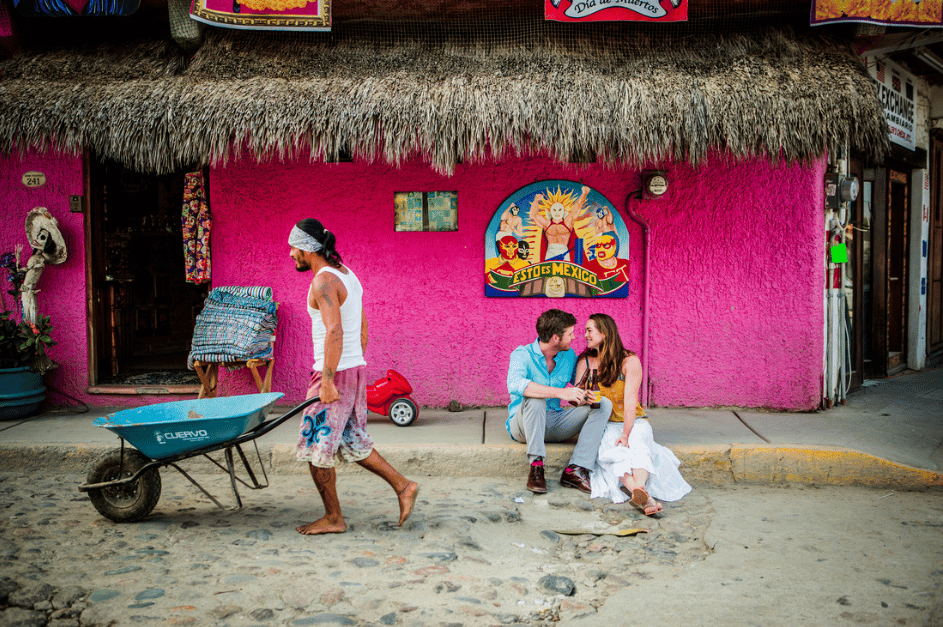
Bring Portable, Battery-Powered, Waterproof Lighting and Gear
I am not an underwater photographer, but I can’t tell you how many times I have found myself waist deep in the ocean shooting surrounded by boats, sharks, stingrays… you name it. Other times I have found myself hiking through a river or waterfall in a jungle to get to a location, or it starts pouring rain, or I suddenly have to shoot in a cave. In all of these scenarios, I have had to bring portable, waterproof gear. My go-to camera in these scenarios is a GoPro HERO5 with both underwater casings and the underwater dome that allows you to shoot with clarity simultaneously in the air and underwater. Also, having selfie sticks and other adaptors can really supplement your shoots in a jam. Having a waterproof bib or jacket for your lenses, bag and camera are a must—stash them in your backpack.
I also love my Stella 2000 portable light that is waterproof to a depth of 100 meters and can withstand repeated 1 meter drops on concrete. On full strength it’s battery power can last for almost an hour and fits in the palm of my hand.
Finally, I always have two Canon 600 flashes with me and a small Canon Speedlite Transmitter that can slave or trigger the flashes off camera. I have a Rapid Box Octa Softbox that is lightweight, can fold up, and can attach to any Canon flash and create and instant battery-powered, studio softbox on location that can fit in a small pouch. Couple this with a MeFOTO GlobeTrotter travel-sized lightweight tripod, and you can “Transformers-style” convert it into a monopod or an extender stick to hold your softbox light. All of this fits into a backpack and can create on the fly studio lighting in the most unforgiving, remote places on Earth!
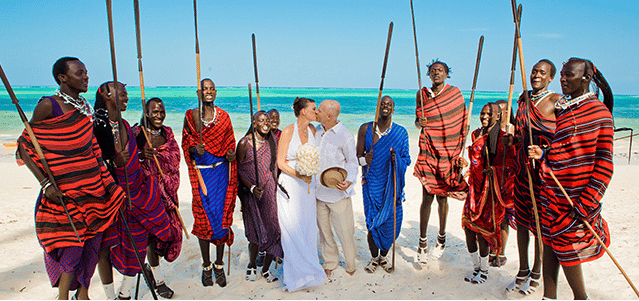
Speak the Language
Make sure you have Google Translate and WhatsApp on your phone. I cannot tell you how many times Google Translate has saved my life while traveling or on photo shoots to communicate with models, get things ordered or delivered, book guides and activities, or just to understand signs and what you are ordering on a menu. Make sure you download the languages you will need when you have Wi-Fi, because you always seem to need translations the most in places where there is zero Wi-Fi. Over the past few years, Google Translate has become so advanced that not only can you scan a sign or take a photo of something and instantly translate the words into any language, but you can also record or speak into the phone or even used good old-fashioned handwriting on the screen of your phone to get instant visual and audio translations! Also, everyone uses WhatsApp to send photos and videos without compression, call, text or video message anywhere in the world for free. You can also use it to book excursions in most places. So chat away all you want in any language you want via WhatsApp and Google Translate and gain a ton of new friends!




